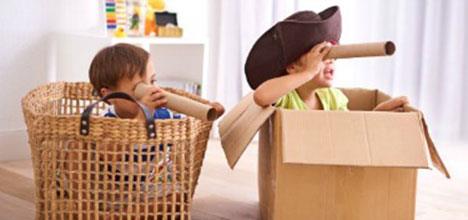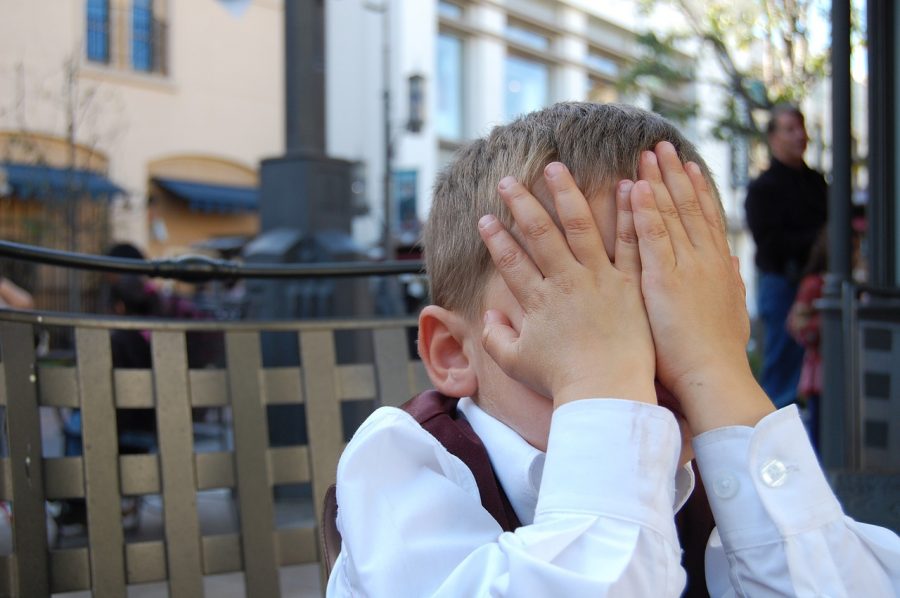As your Infant grows and explores their environment, new milestones begin to pop up. As Your child achieves one milestone, it becomes a snowball effect and trickles into a more complex achievement. A milestone in the physical, social, cognitive, and language domains becomes an intermesh of systems that grow and support one another.
Physical Domain Milestones: Walking
Motor skills become a product of the earlier attainment and contributor to the new skill, which is individually tailored to the factors internal and external to the child (Berk & Meyers, 2016). Meaning, that the display of skills such as sitting, crawling, and walking can occur in any order depending on the child’s environment. The physical domain is dominated by motor development, where the skills achieved are interrelated. Each skill joins and supports the other, giving way to the dynamic systems theory of motor development. Dynamic system theory describes the attainment of a complex system of actions leading to the mastery of motor skills. Children control and explore their environment in effective ways, separate abilities to cooperate with others, blending producing systems(Berk & Meyers, 2016). For instance, the blending of crawling, standing, and stepping come together for walking. The following factors are a joint product for each new skill: 1. Development of the central nervous system, 2. capacities of body movement, 3. the goal of the child, and 5. the support of the environment (Berk & Meyers, 2016).
Walking is a gross motor skill that the average baby achieves at 11 months and three weeks. However, the age range for walking is 9-17 months. Children can hit the walking milestone earlier or later depending on the factors of the child. The signs a parent should look out for when a child is learning to walk are:
- Pulling up: After your baby learns the sitting position, holding a study object, they stand from a seated position (Mercy, 2022).
- Cruising: Following the mastery of the ability to get up and down, babies begin moving a couple of steps while holding a study object. During this stage, with the guidance of study objects, your baby will practice walking. In the cruising stage, your baby develops muscle strength, coordination, and balance. Practice will boost your baby’s confidence, and you will notice them holding the standing position for a few seconds before plopping back down (Mercy, 2022).
- Standing: Babies hold their arms out for balance once they can stand up without support. There will be a continuing cycle of standing and then sitting, assuring your child is ready to walk (Mercy, 2022).
Motor mastery of walking will involve intense practicing that involves six hours or more per day and traveling the length of the 29-foot ball field. Children will fall on average 32 times an hour but cry less and get up within seconds. Gradually, their child becomes longer, their legs more symmetric, their feet closer together, and toes pointed forward (Berk & Meyers, 2016).
Parental support
Remember that your baby’s motor skills support and depend on each other. The changes in your baby’s motor system cause it to become less stable. This instability forces them to make changes and explore new ones for an effective system (Berk & Meyers, 2016). This varies with age, but later in age, babies are influenced by goals (getting a toy) and environment (parental encouragement). To help with motor mastery of walking, parents should:
- Offer encouragement when they see their babies attempting to walk.
- Buy walking devices to support and promote practice, such as walkers.

Cognitive: Make-believe play
In substage 6 of Jan Piaget’s sensorimotor stage in his cognitive developmental theory comes the ability to create mental representations. Mental representation is the mind manipulation of internal depiction of information (Berk & Meyers, 2016). There are two types of mental representations: 1. images (spaces, people, and time as mental pictures) and 2. concepts (groups of similar objects or events) (Berk & Meyers, 2016). For older toddlers, representation allows them to solve advanced problems of object permanence involving invisible displacement. It also allows for deferred limitation and make-believe play.
Make believe play is the child’s ability to act out everyday and imaginary activities (Berk & Meyers, 2016). Make-believe play allows you to act out critical social skills, such as turn-taking and sharing. It also allows for emotional regulation and the development of oral communication.
Parental support
Make-believe play can influence a child’s cognitive and social development. Parents can encourage make-believe play by:
- Joining your child in play and fantasy.
- Give your toddler creative materials like markers, crayons, and constructive paper.
- Invest in make-believe toys such as toy kitchens and fake food. Buy your children costumes and puppets.

Emotional/Social: Self Conscious Emotions
One of the social/emotional milestones a parent can expect their children to reach is the attainment of self-conscious emotions. Besides our basic emotions, we also feel secondary emotions including guilt, shame, embarrassment, envy, and pride. These emotions are called self-consciousness because each emotion ability to cause self-injury or enhancement (Berk & Meyers, 2016). For children, these emotions appear in their second year at 18-24 months, once they become aware of self as separate and unique (Berk & Meyer, 2016). When your toddler engages in shame and embarrassment, they may lower their eyes, hide their face, or hang their head.
Parental support
Another component of self-conscious emotion is the need for adult intervention. Parents or adults need to instruct a child when to feel these emotions (Berk & Meyers, 2016). A child’s moral and achievement-related behaviors are highly influenced by self-conscious emotions. The encouragement of these feelings varies by culture, such as in Japan and China, promoting interdependence, embarrassment, and self-effacement is evoked when you call attention to one’s self-achievement. Helping your child regulate and deal with their self-conscious emotions leads to emotional regulation. It also teaches children how to behave in society. Parents should help children by teaching them to express their emotions,
References
Berk, L. E., & Meyers, A. B. (2016). Infants and children: Prenatal through middle childhood (8th ed.). Pearson.
Mercy. (2022, April 12). Signs your baby will walk soon. Mercy. https://www.mercy.net/service/childrens-primary-care/baby-walking-signs/
Dima. (2023, March 29). When does imaginative play start for children? Play Like Mum. https://www.playlikemum.com/when-does-imaginative-play-start/#:~:text=The%20child%20will%20perform%20a,dolls%20clean%20up%20after%20themselves.